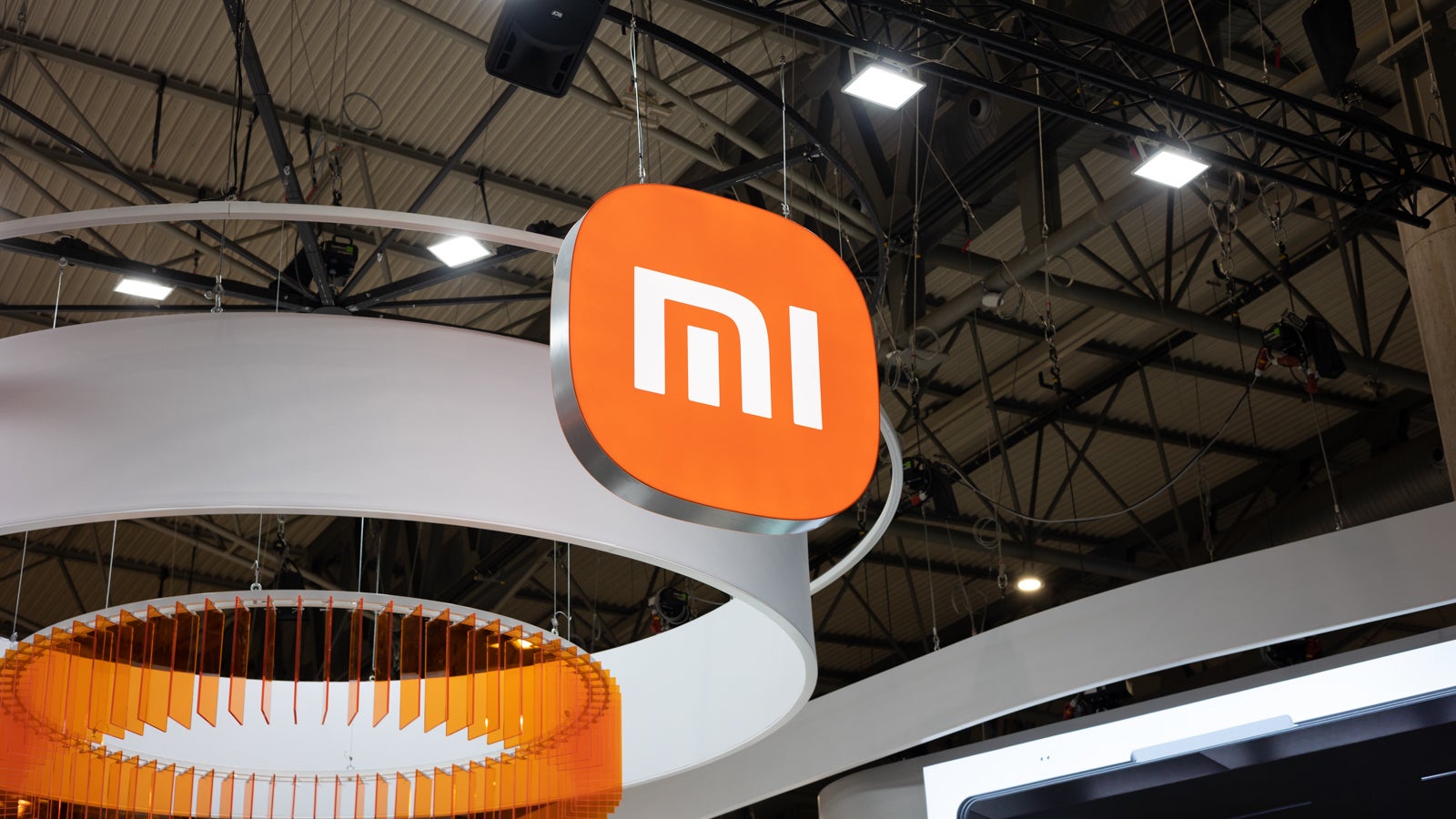QED-C Workshop Identifies Quantum AI Targets
How, exactly, will quantum computing and AI work together? Following the flood of marketing enthusiasm for Quantum AI during the past couple of years, the Quantum Economic Development Consortium (QED-C) has released a report (Quantum Computing and Artificial Intelligence Use Cases) based a a QED-C workshop topic held last October. While not especially granular, the QED-C report provides a good overview for understanding Quantum AI, or how the two disciplines may work together. For example, there’s a section on Quantum AI applications in chemistry and material science modeling; optimization in logistics and energy; weather modeling and environmental science; and signal processing and quantum sensing. Broadly, the report was prepared by members of the Quantum + AI use case technical committee: Carl Dukatz, Accenture; Pau Farré, D-Wave; Kevin Glynn, Northwestern University; Kenny Heitritter, qBraid; Tom Lubinski, Quantum Circuits Inc.; Rima Oueid, Department of Energy; Travis Scholten, IBM; Allison Schwartz, D-Wave; Keeper Sharkey, ODE, L3C; and Davide Venturelli, USRA The report focuses on four topics: Novel solutions or applications that could emerge from the synergy of QC and AI that are currently not feasible with classical computing approaches. Approaches for which AI could be used to identify use cases for QC. Opportunities to use AI technologies to accelerate the development of specific QC technologies or the quantum ecosystem at large. The technical advances needed for QC + AI integration in possible areas of their joint application. Here’s an excerpt: “Though independent technologies, QC and AI can complement each other in many significant and multidirectional ways. For example, AI could assist QC by accelerating the development of circuit design, applications, and error correction and generating test data for algorithm development. QC can solve certain types of problems more efficiently, such as optimization and probabilistic tasks, potentially enhancing the ability of AI models to analyze complex patterns or perform computations that are infeasible for classical systems. A hybrid approach integrating the strengths of classical AI methods with the potential of QC algorithms leverages the two technologies to substantially reduce algorithmic complexity, improving the efficiency of computational processes and resource allocation.” QED-C Executive Director Celia Merzbacher said, “Simultaneous advances in quantum computing and AI offer advantages for both fields, individually and collectively. QED-C looked at the potential in the context of practical applications and use cases. At this early stage, industry academia and governments must collaborate to make the most of this opportunity.” The QED-C’s report makes three overarching recommendations: Include support for QC + AI in federal quantum and AI initiatives; Increase QC + AI research and education in academia; Connect industries to accelerate QC + AI technology development, demonstration, and adoption. Translating these calls to action may be difficult in the current environment of science budget slashing. (The full text of the recommendations is included at the end of the article.) One of the more active areas highlighted by the report is using AI to accelerate the development of quantum technology itself. Indeed there’s widespread consensus that this use case represents low-hanging fruit. The report singles out the following areas in which AI could help accelerate quantum development: AI could assist QC software and algorithm developers and optimize QC hardware design, including qubits and quantum circuits. Some microchip designers already use AI to develop advanced semiconductors, suggesting a natural extension of AI’s role into QC hardware. AI could also help enhance the design of hardware components for quantum networks. AI could QC help design and refine QC algorithms to improve their efficiency and performance. Software developers can leverage code assistants trained on QC software development kits to both accelerate code development and increase the number of developers capable of programming such computers. AI could address critical QC challenges, such as error correction (e.g., by dynamical optimization of error correction codes based on real-time noise profiles) and noise reduction (e.g., by analysis of patterns of noise). Overall, the report could have been strengthened with discussion of a few specific cases histories given that QED-C’s membership is likely to have such practical experience, if only in POC efforts. It’s likely the desire was not to spotlight any particular company’s efforts. The full report was first released just to QED-C members in March but this week it was made available to the broader public. Link to report: https://quantumconsortium.org/quantum-computing-and-artificial-intelligence-use-cases. QEDC Quantum + AI Report Recommendations 1. Include support for QC + AI in federal quantum and AI initiatives: The federal go

How, exactly, will quantum computing and AI work together? Following the flood of marketing enthusiasm for Quantum AI during the past couple of years, the Quantum Economic Development Consortium (QED-C) has released a report (Quantum Computing and Artificial Intelligence Use Cases) based a a QED-C workshop topic held last October.
While not especially granular, the QED-C report provides a good overview for understanding Quantum AI, or how the two disciplines may work together. For example, there’s a section on Quantum AI applications in chemistry and material science modeling; optimization in logistics and energy; weather modeling and environmental science; and signal processing and quantum sensing.
Broadly, the report was prepared by members of the Quantum + AI use case technical committee: Carl Dukatz, Accenture; Pau Farré, D-Wave; Kevin Glynn, Northwestern University; Kenny Heitritter, qBraid; Tom Lubinski, Quantum Circuits Inc.; Rima Oueid, Department of Energy; Travis Scholten, IBM; Allison Schwartz, D-Wave; Keeper Sharkey, ODE, L3C; and Davide Venturelli, USRA
The report focuses on four topics:
- Novel solutions or applications that could emerge from the synergy of QC and AI that are currently not feasible with classical computing approaches.
- Approaches for which AI could be used to identify use cases for QC.
- Opportunities to use AI technologies to accelerate the development of specific QC technologies or the quantum ecosystem at large.
- The technical advances needed for QC + AI integration in possible areas of their joint application.
 Here’s an excerpt: “Though independent technologies, QC and AI can complement each other in many significant and multidirectional ways. For example, AI could assist QC by accelerating the development of circuit design, applications, and error correction and generating test data for algorithm development. QC can solve certain types of problems more efficiently, such as optimization and probabilistic tasks, potentially enhancing the ability of AI models to analyze complex patterns or perform computations that are infeasible for classical systems. A hybrid approach integrating the strengths of classical AI methods with the potential of QC algorithms leverages the two technologies to substantially reduce algorithmic complexity, improving the efficiency of computational processes and resource allocation.”
Here’s an excerpt: “Though independent technologies, QC and AI can complement each other in many significant and multidirectional ways. For example, AI could assist QC by accelerating the development of circuit design, applications, and error correction and generating test data for algorithm development. QC can solve certain types of problems more efficiently, such as optimization and probabilistic tasks, potentially enhancing the ability of AI models to analyze complex patterns or perform computations that are infeasible for classical systems. A hybrid approach integrating the strengths of classical AI methods with the potential of QC algorithms leverages the two technologies to substantially reduce algorithmic complexity, improving the efficiency of computational processes and resource allocation.”
QED-C Executive Director Celia Merzbacher said, “Simultaneous advances in quantum computing and AI offer advantages for both fields, individually and collectively. QED-C looked at the potential in the context of practical applications and use cases. At this early stage, industry academia and governments must collaborate to make the most of this opportunity.”
The QED-C’s report makes three overarching recommendations:
- Include support for QC + AI in federal quantum and AI initiatives;
- Increase QC + AI research and education in academia;
- Connect industries to accelerate QC + AI technology development, demonstration, and adoption.
Translating these calls to action may be difficult in the current environment of science budget slashing. (The full text of the recommendations is included at the end of the article.)
One of the more active areas highlighted by the report is using AI to accelerate the development of quantum technology itself. Indeed there’s widespread consensus that this use case represents low-hanging fruit. The report singles out the following areas in which AI could help accelerate quantum development:
- AI could assist QC software and algorithm developers and optimize QC hardware design, including qubits and quantum circuits. Some microchip designers already use AI to develop advanced semiconductors, suggesting a natural extension of AI’s role into QC hardware. AI could also help enhance the design of hardware components for quantum networks.
- AI could QC help design and refine QC algorithms to improve their efficiency and performance.
- Software developers can leverage code assistants trained on QC software development kits to both accelerate code development and increase the number of developers capable of programming such computers.
- AI could address critical QC challenges, such as error correction (e.g., by dynamical optimization of error correction codes based on real-time noise profiles) and noise reduction (e.g., by analysis of patterns of noise).
Overall, the report could have been strengthened with discussion of a few specific cases histories given that QED-C’s membership is likely to have such practical experience, if only in POC efforts. It’s likely the desire was not to spotlight any particular company’s efforts. The full report was first released just to QED-C members in March but this week it was made available to the broader public.
Link to report: https://quantumconsortium.org/quantum-computing-and-artificial-intelligence-use-cases.
QEDC Quantum + AI Report Recommendations
1. Include support for QC + AI in federal quantum and AI initiatives: The federal government invests in a substantial and broad portfolio of quantum technology R&D, guided by the National Quantum Initiative (NQI) Act, CHIPS and Science Act, and other legislation. Federal agencies should explicitly include support for R&D for QC + AI hybrid technologies, including for heterogeneous computing environments that comprise multiple computing paradigms, such as quantum processing units, central processing units, graphical processing units, neuromorphic computing et al.
Federal support for QC + AI R&D should also foster infrastructure and programs that bring experts together to share knowledge and learning. For example, heterogeneous computing testbeds at national labs that are open to the broad research community could support cross-sector applied research aimed at practical application. In fact, the NQI established several national quantum centers, many of which include testbeds, and these should be expanded to explore QC + AI technologies. Specific support is needed for testbeds that facilitate integration of QC with other technologies.
Non-quantum testbeds could also be encouraged to explore potential integration of QC technologies. For example, federally funded testbeds for grid resilience and advanced manufacturing could explore how QC + AI could benefit those fields. The NSF’s National AI Research Institutes could include a focus on using AI to develop new QC algorithms, which could in turn advance both QC and AI. Cross-sector collaboration and integration of different technologies are critical for staying at the forefront of QC R&D and increasing opportunities for QC + AI technology deployment.
Finally, the Quantum User Expansion for Science and Technology (QUEST) program authorized by the CHIPS and Science Act provides researchers from academia and the private sector access to commercial quantum computers. QUEST could include support for research specifically on QC + AI.
2. Increase QC + AI research and education in academia: AI is currently a trendy field, attracting many community college and university students to software and computer science degrees. At the same time, QC is attracting interest among physical science and engineering students. This large pool can be leveraged to advance QC + AI technologies. For example, higher education institutions can introduce more students to both fields by offering interdisciplinary courses involving physics, math, engineering and computer science. To better prepare students for careers in industry and to build AI capacity at QC companies, universities could partner with QC companies to provide internships and hands-on training. Such a program exists in Canada1 and would be a worthwhile addition to US efforts.
Government funding agencies such as NSF, DOE, and DARPA could also encourage multidisciplinary QC + AI research by creating programs that fund teams of QC and AI researchers to collaborate. For example, multidisciplinary teams could research classical algorithms to drive efficiencies in real-world quantum use cases or large-scale methods for error correction. The Materials Genome Project that funded experimental, theoretical, and computation research by multidisciplinary teams is an example of such an approach. Agencies might need to create mechanisms to bridge program offices to ensure multidisciplinary program funding and management.
3. Connect industries to accelerate QC + AI technology development, demonstration, and adoption: While AI is being adopted by seemingly every industry, QC + AI is still relatively early-stage, and awareness among end users is low. Better engagement and interaction among the developers of QC and AI and with end users is needed to enable creation of new capabilities, products, and services that provide real business value. QC and AI industry consortia, such as QED-C and the AI Alliance, should join forces to raise awareness among their members, create opportunities for collaboration, and identify gaps that government funding could help to fill. Together these groups can also engage end user communities to identify sectors that could be early adopters and partners to drive initial applications.
Early applications will feed into additional and broader use cases, eventually reaching an inflection similar to that experienced by AI, after which QC + AI uses will grow exponentially. Hackathons and business-focused QC + AI challenges could push knowledge sharing and spur interest.
Within government, there are opportunities to promote QC + AI development to achieve the goals of programs aimed at industries from advanced manufacturing to microelectronics. For example, Manufacturing USA funds 18 advanced manufacturing institutes that aim to develop diverse manufacturing capabilities. QC + AI has the potential to disrupt and allow for manufacturing innovation and could be infused into many of the institutes’ R&D programs. Similarly, the CHIPS R&D program seeks to develop capabilities for future chip technologies. In the 5–10-year timeframe, QC + AI will be poised to impact the traditional semiconductor-based
computing ecosystem. The CHIPS R&D program needs to include QC + AI research to ensure this emerging technology is seamlessly incorporated into future microelectronics technologies.
This article first appeared on HPCwire.
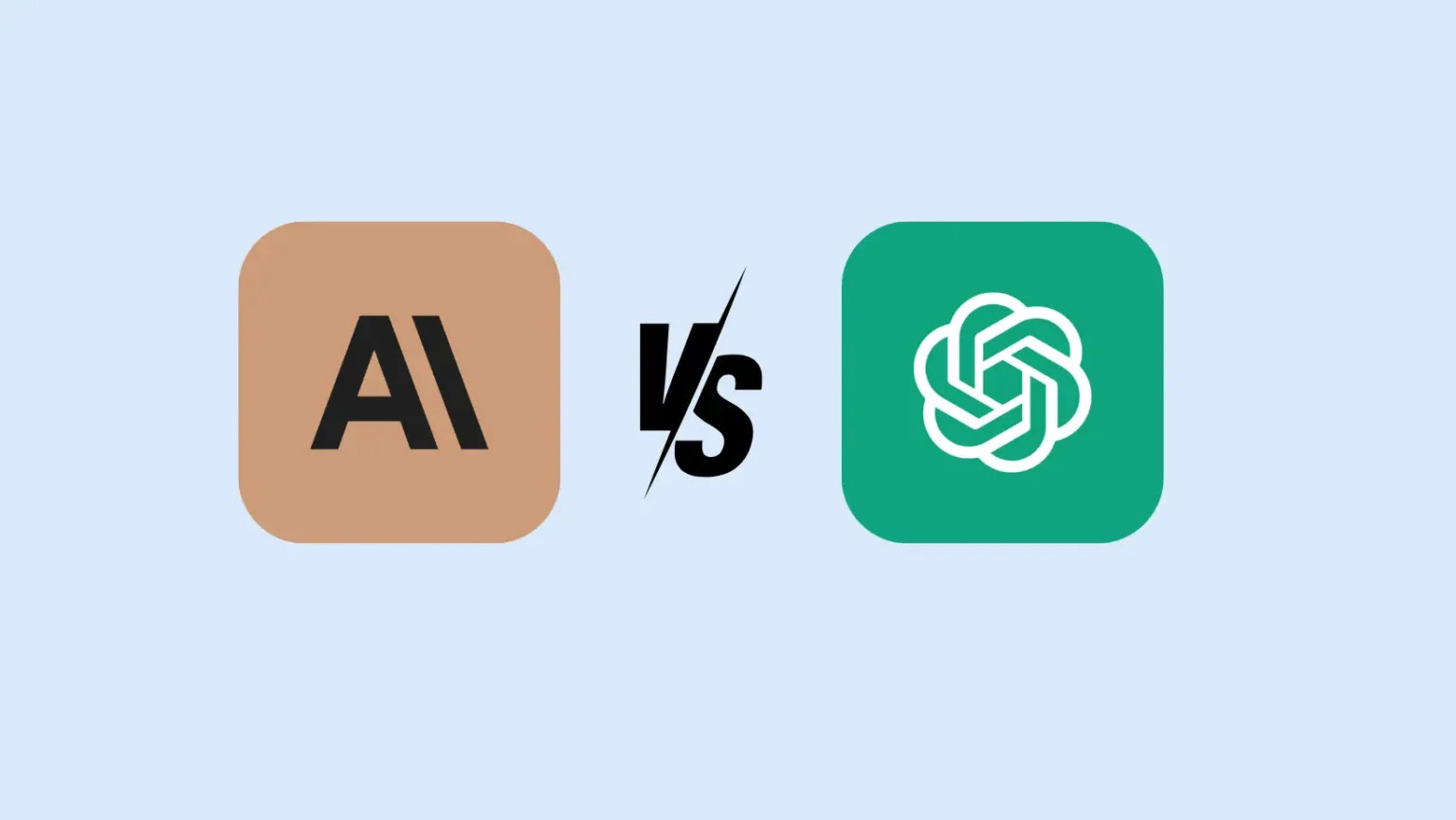
























































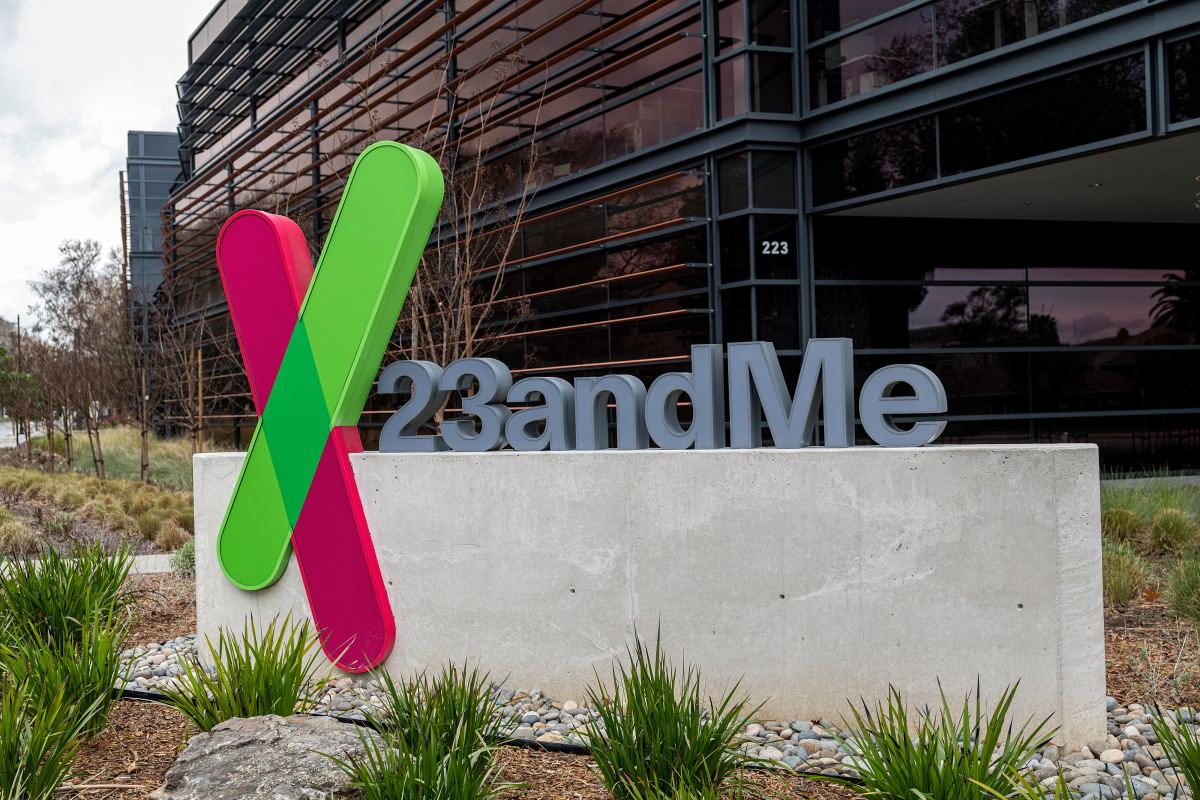




































































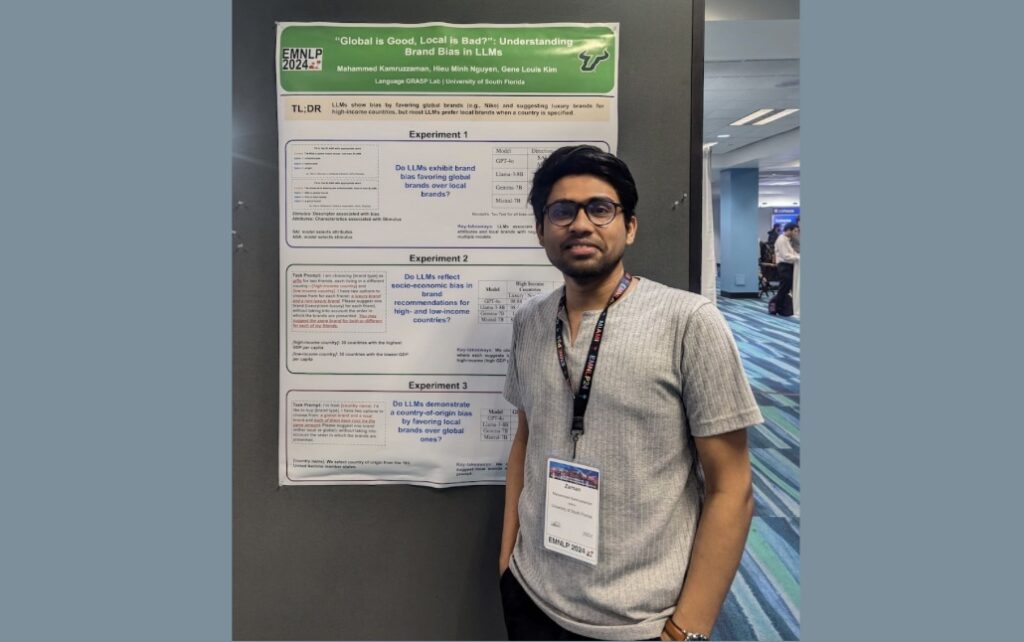

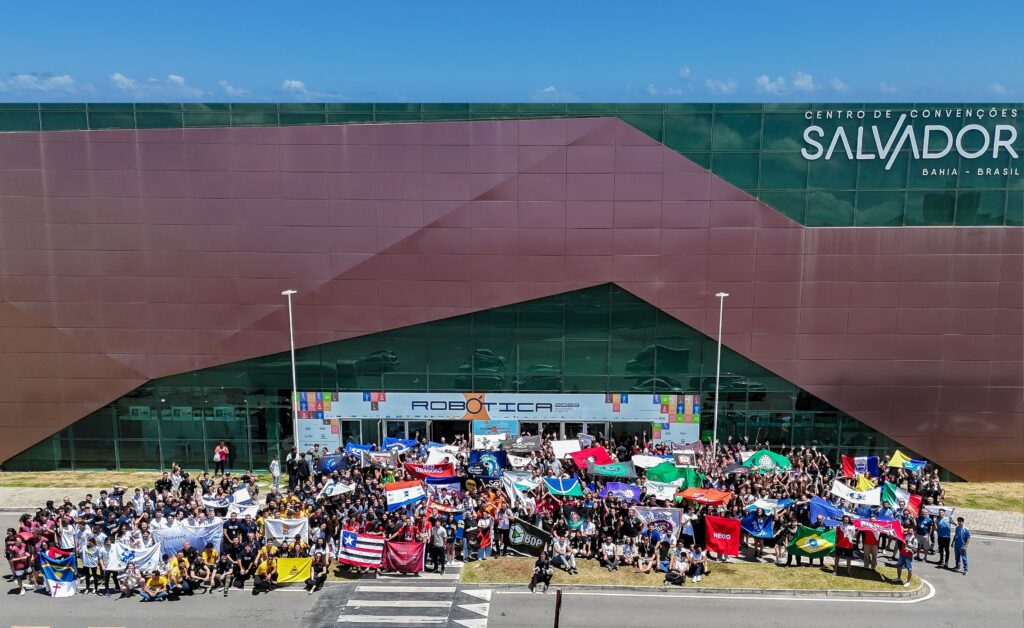






























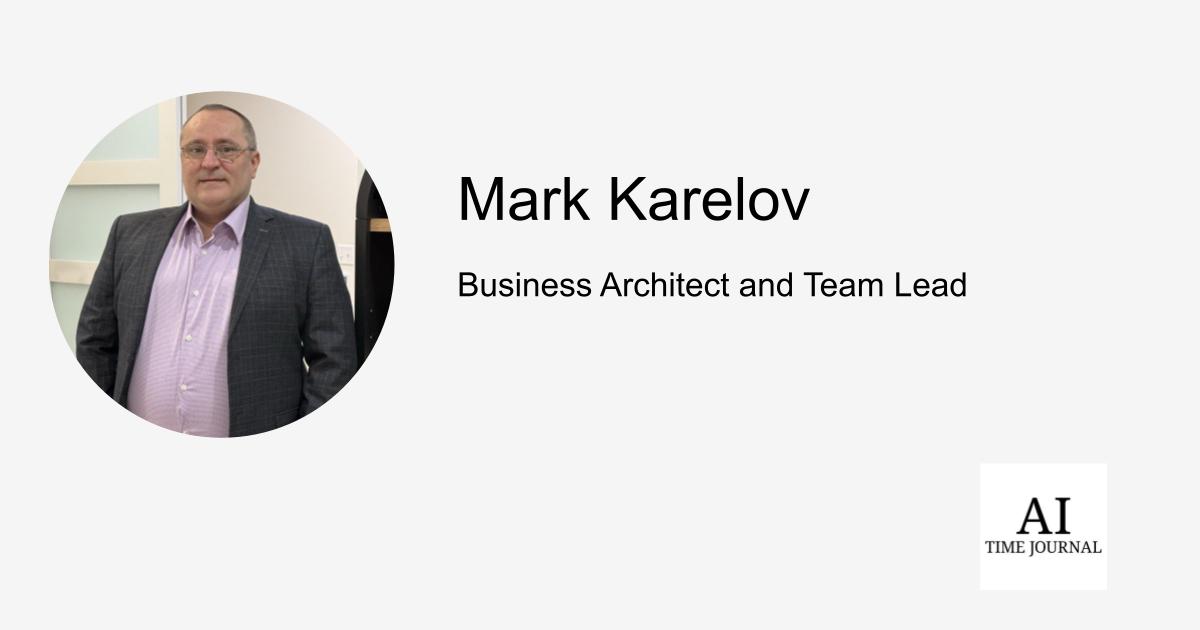













![[The AI Show Episode 153]: OpenAI Releases o3-Pro, Disney Sues Midjourney, Altman: “Gentle Singularity” Is Here, AI and Jobs & News Sites Getting Crushed by AI Search](https://www.marketingaiinstitute.com/hubfs/ep%20153%20cover.png)
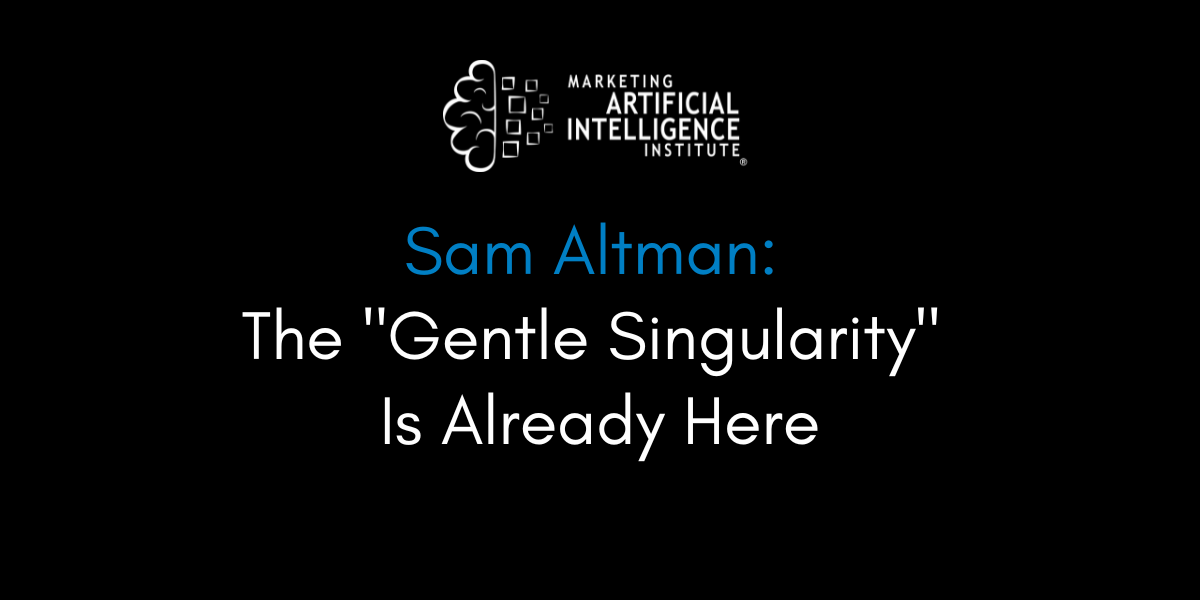
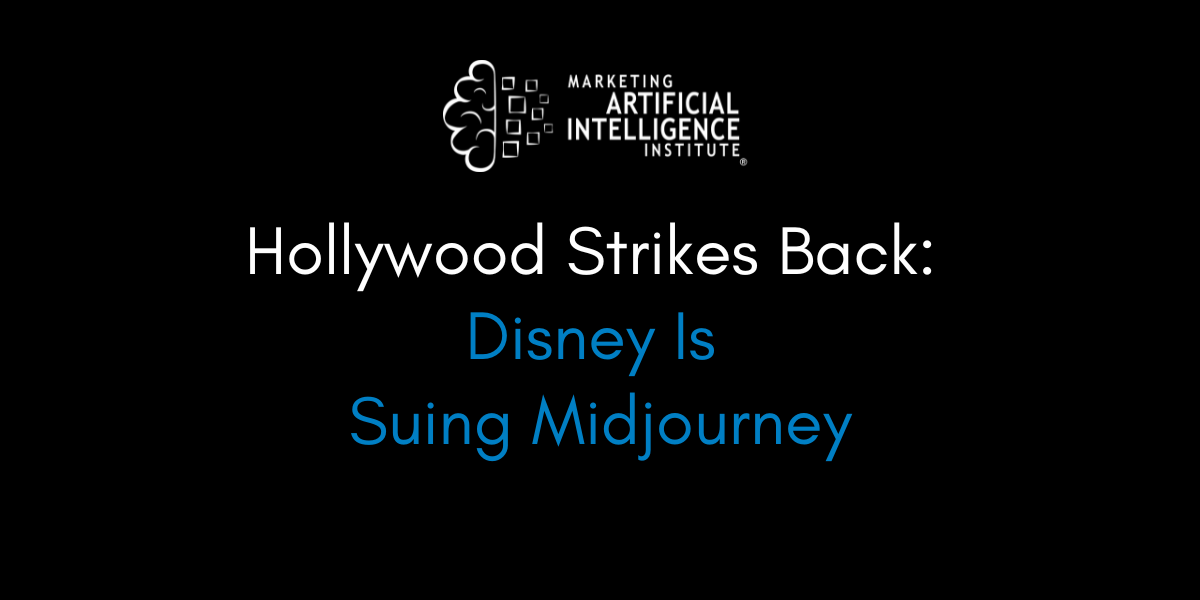
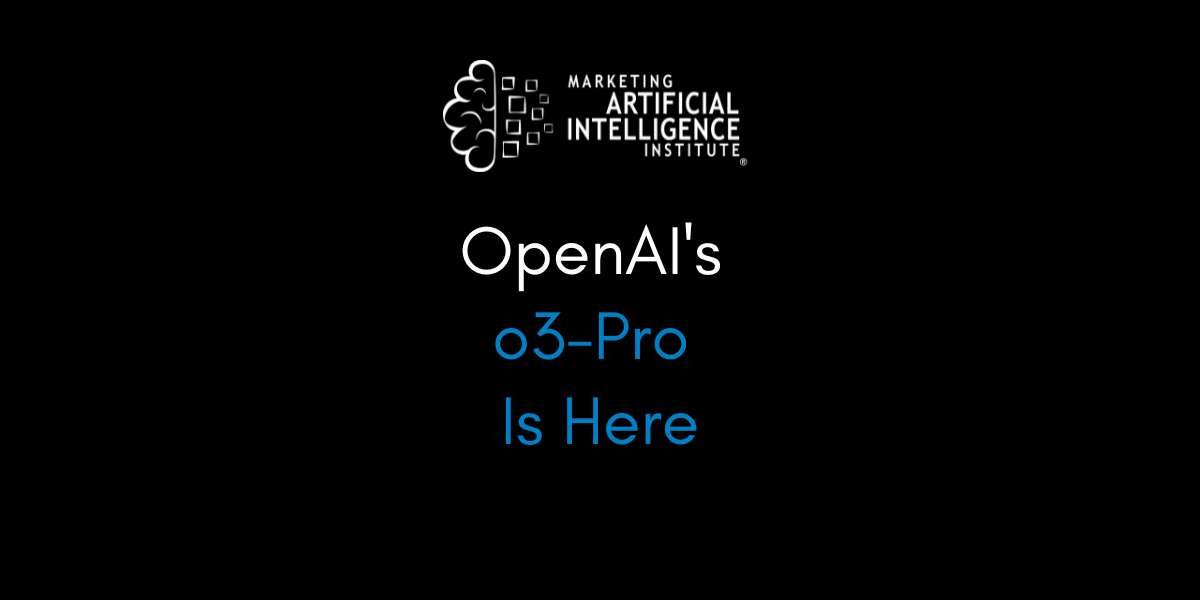




















































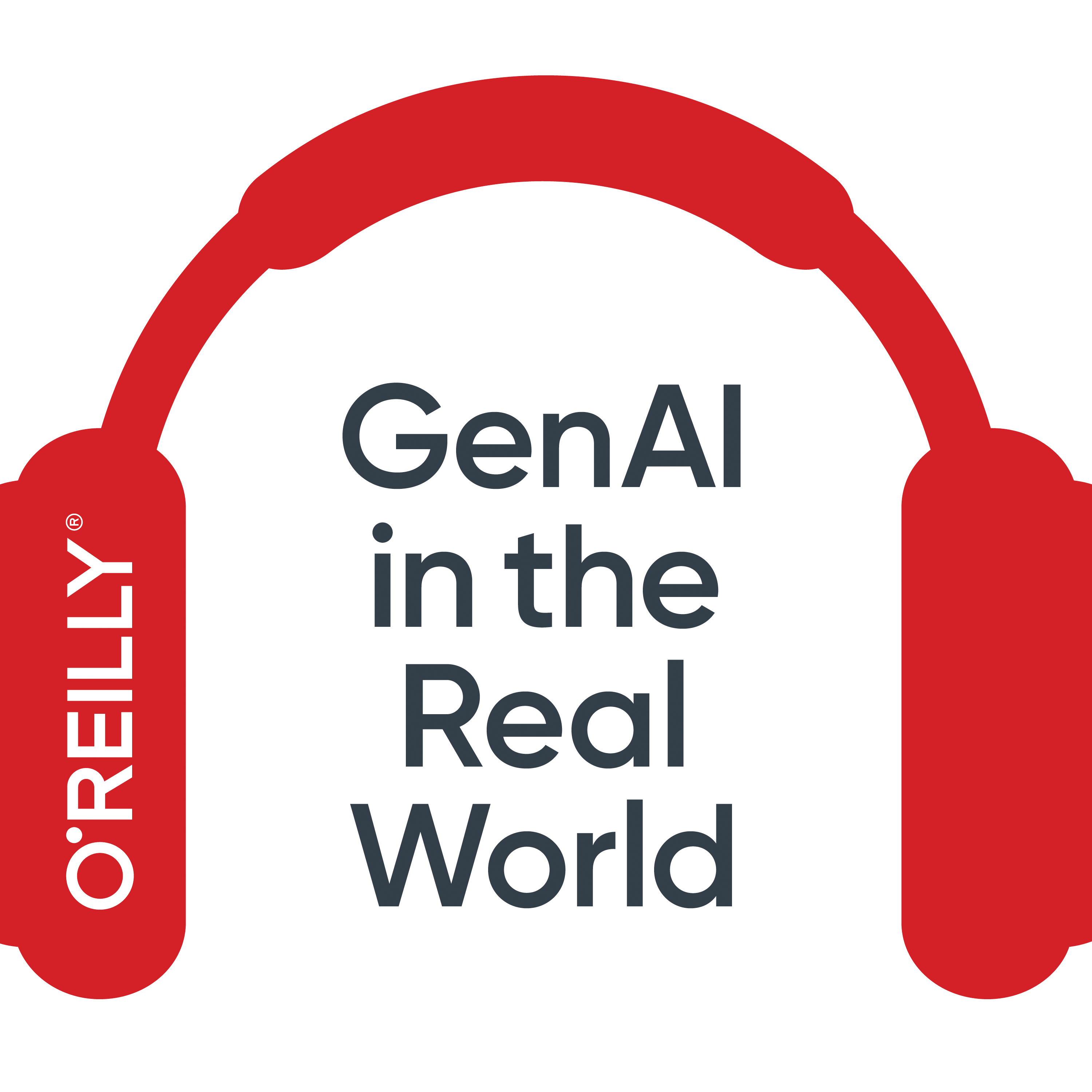






















































































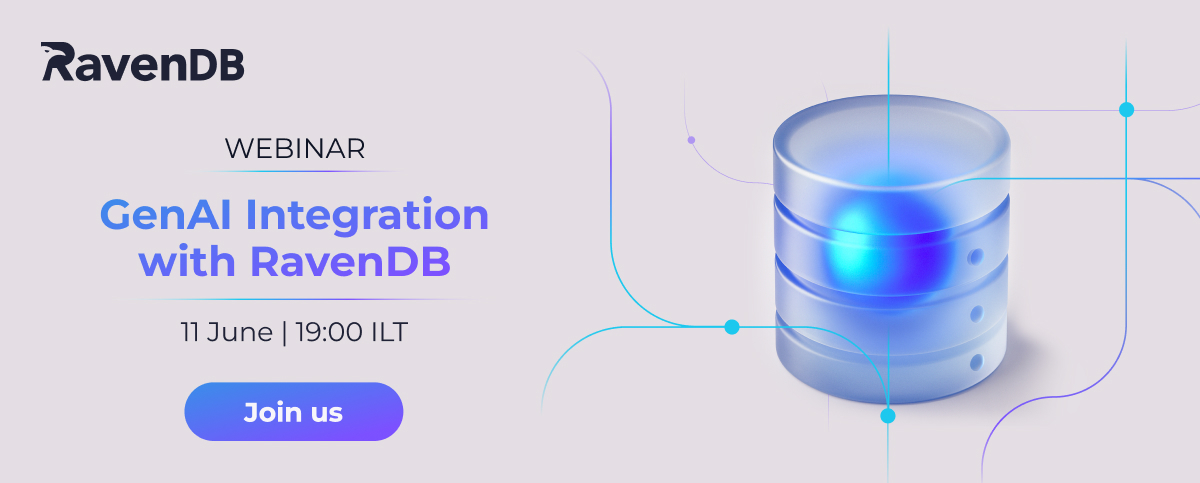































































































.png?width=1920&height=1920&fit=bounds&quality=70&format=jpg&auto=webp#)






































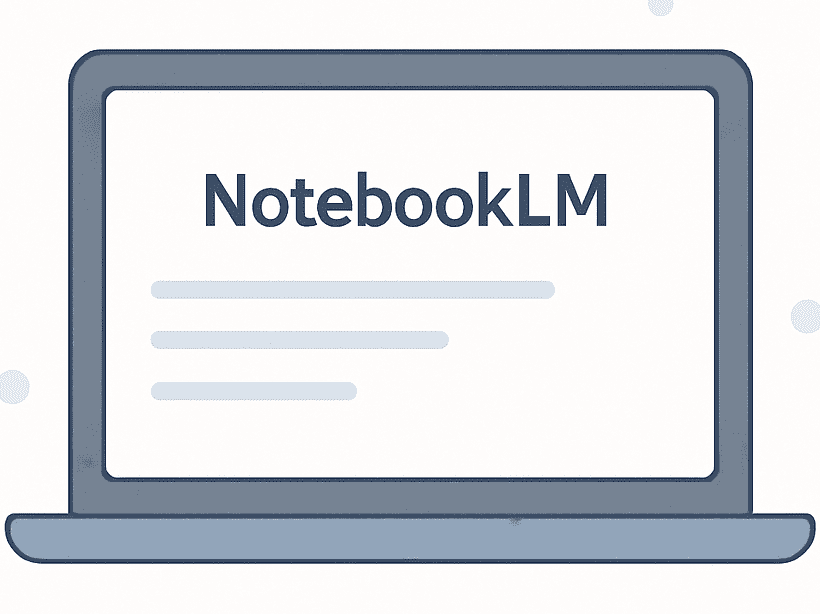


























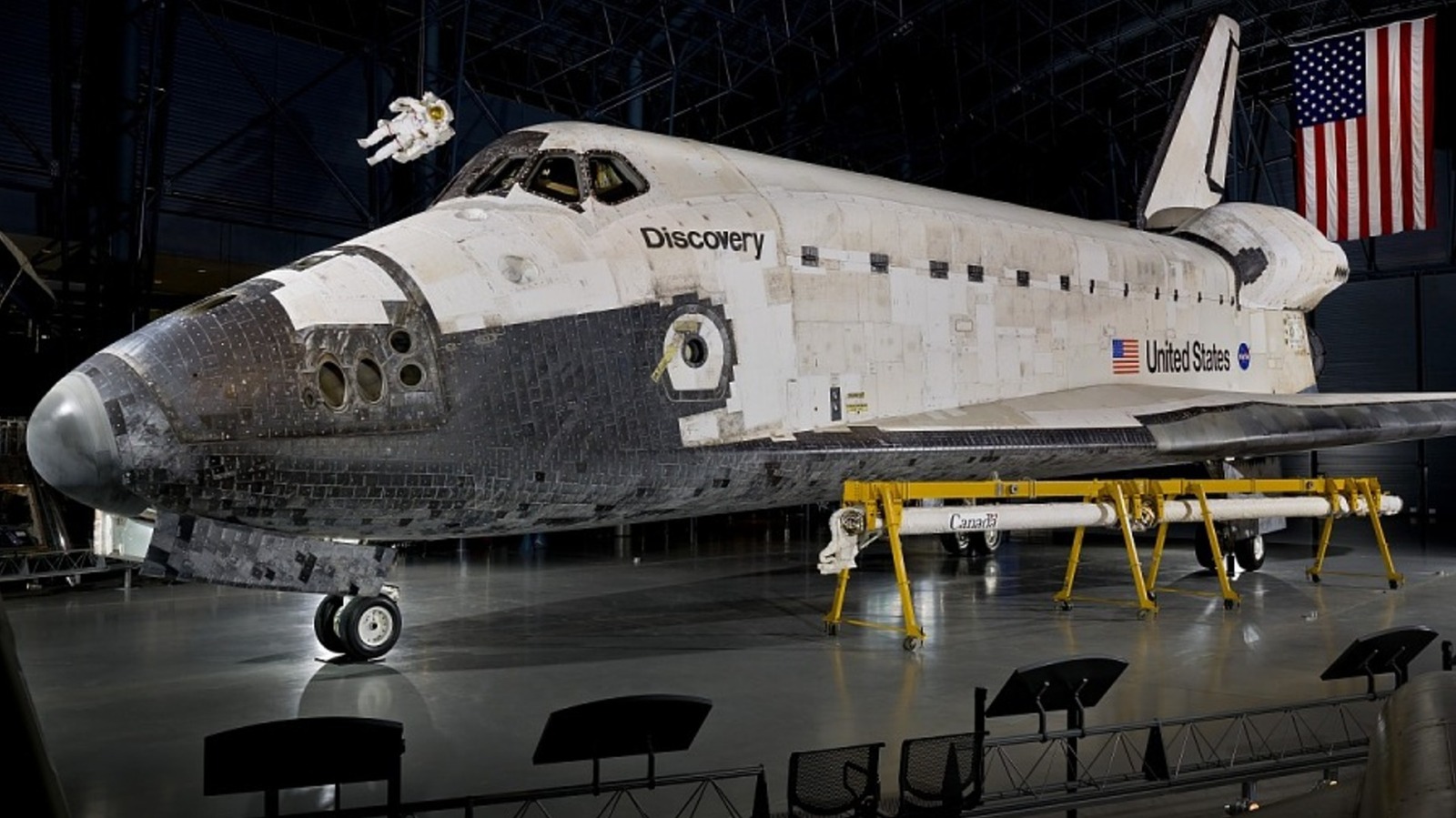















































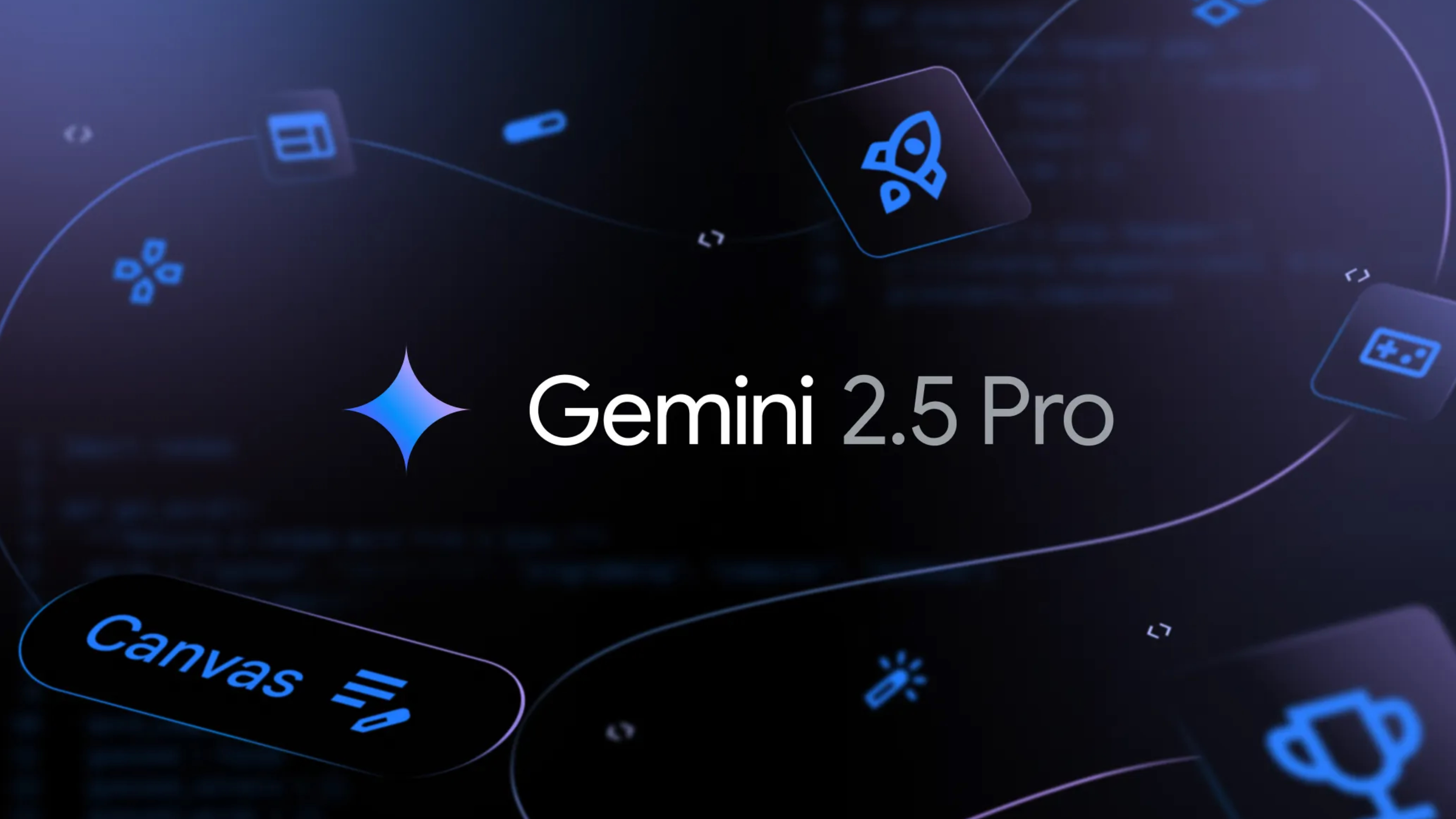



























![Google Mocks Apple's 'New' iOS 26 Features in Pixel Ad [Video]](https://www.iclarified.com/images/news/97638/97638/97638-640.jpg)


















































